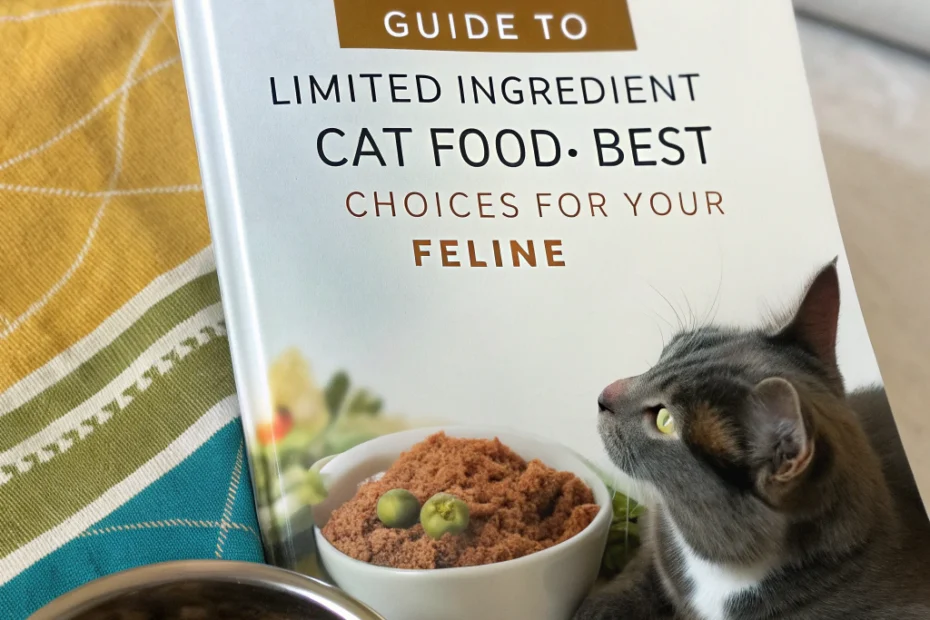At-a-Glance
Limited ingredient cat food is specially formulated to help manage food sensitivities and allergies in cats. It typically contains fewer ingredients, focusing on a single protein source and few carbohydrates, which can support easier digestion and minimize adverse reactions.
How to Choose
When selecting limited ingredient cat food, consider the following factors:
- Protein Source: Choose a novel protein that your cat hasn’t been exposed to, such as duck or venison.
- Ingredient List: Look for a short ingredient list with recognizable items.
- Nutritional Balance: Ensure it meets AAFCO standards for complete and balanced nutrition.
Safety & Setup
Transition your cat to a new food gradually to avoid digestive upset. Start by mixing a small amount of the new food with their current diet, increasing the proportion over a week.
Core Pillars
The core pillars of limited ingredient cat food include simplicity, high-quality ingredients, and nutritional adequacy. These foods aim to provide a wholesome diet while reducing potential allergens.
Placement & Environment Tips
Feed your cat in a quiet, stress-free environment. Provide fresh water at all times and monitor your cat’s reaction to the new diet.
Comparison with Alternatives
Compared to typical cat foods, limited ingredient options may have fewer fillers and artificial additives. However, they might be more expensive and less varied in flavors.
FAQs
Q: Can limited ingredient food help with my cat’s allergies? A: It may help manage allergic reactions by reducing exposure to common allergens.
Q: How long should I feed this diet? A: Consult your veterinarian for a personalized recommendation based on your cat’s needs.
What to Do Next
Consider your cat’s specific dietary needs and consult your veterinarian to choose the most suitable limited ingredient cat food.
Disclaimer: Always consult your veterinarian for personalized advice regarding your cat’s health.
